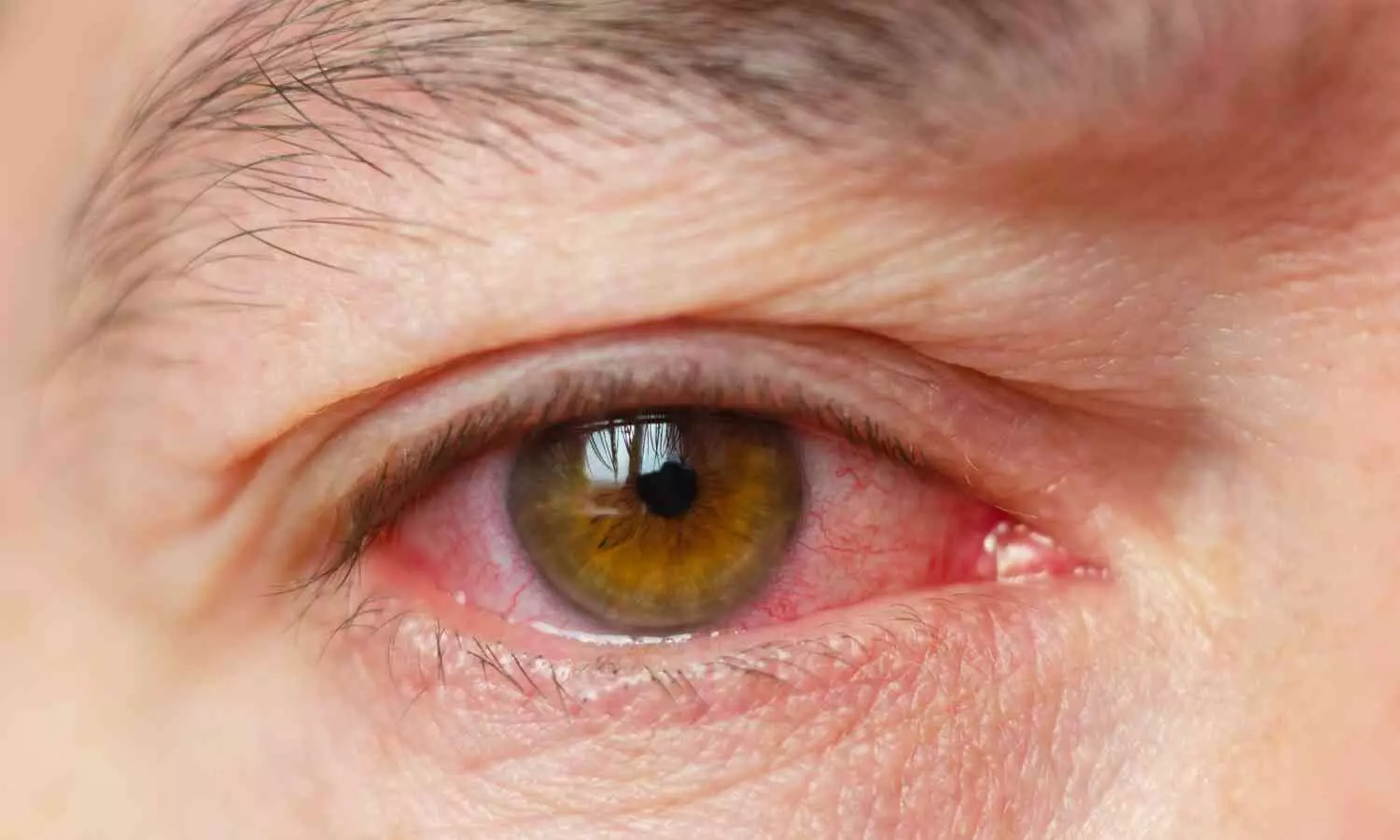Social Media Reels Cause More Eye Fatigue Than Reading or Videos: Researchers

New Delhi: If you're experiencing digital eye strain, a recent study published in the Journal of Eye Movement Research suggests that just one hour of scrolling through social media reels on smartphones can lead to eye fatigue. The research highlights that it’s not only the amount of time spent on digital devices but also the type of content consumed that contributes to visual discomfort.
“Social media content causes greater pupil fluctuations than reading or watching a video,” said the researchers from SRM Institute of Science and Technology.
The team stated that “prolonged smartphone use, exceeding 20 minutes at a time, can lead to physical and mental health issues, including psychophysiological disorders”.
Digital devices and their extended exposure to blue light cause digital eyestrain, sleep disorders, and visual-related problems.
To examine the impact of 1 hour of smartphone usage on visual fatigue among young Indian adults, the researchers developed a portable, low-cost system that measured visual activity.
The system measured blink rate, inter-blink interval, and pupil diametre. Measured eye activity was recorded during 1 hour of smartphone usage of e-book reading, video watching, and social-media reels (short videos).
“Social media reels show increased screen variations, affecting pupil dilation and reducing blink rate due to continuous screen brightness and intensity changes. This reduction in blink rate and increase in inter-blink interval or pupil dilation could lead to visual fatigue,” the researchers explained.
Regarding discomfort, 60 per cent of participants experienced mild to severe discomfort after prolonged smartphone use, including symptoms like eyestrain, neck pain, and hand fatigue.
Furthermore, 83 per cent of the respondents indicated experiencing some form of psychophysiological disorders, such as anxiety, sleep disturbances, or mental exhaustion. To reduce discomfort, 40 per cent of participants reported taking precautions, such as using blue light filters or enabling dark mode settings to reduce the impact of screen exposure.


